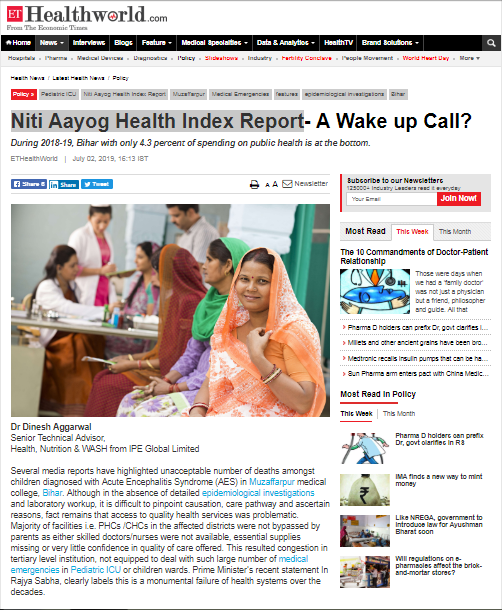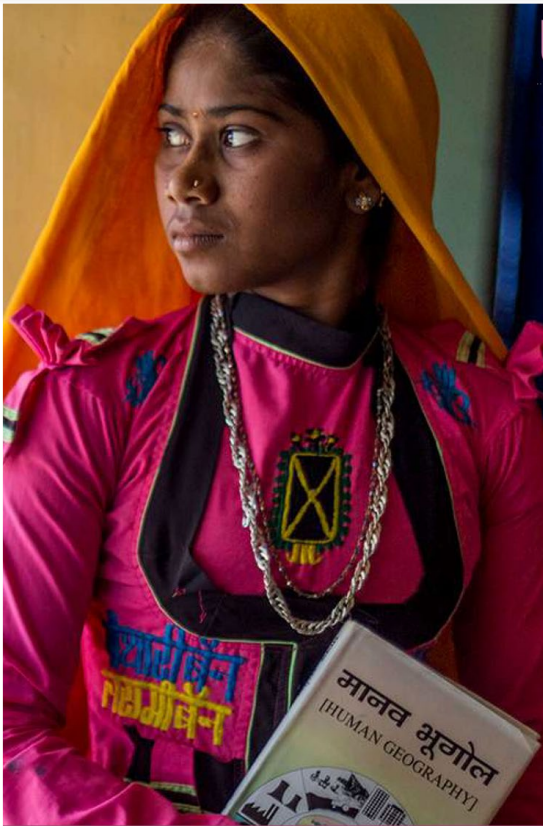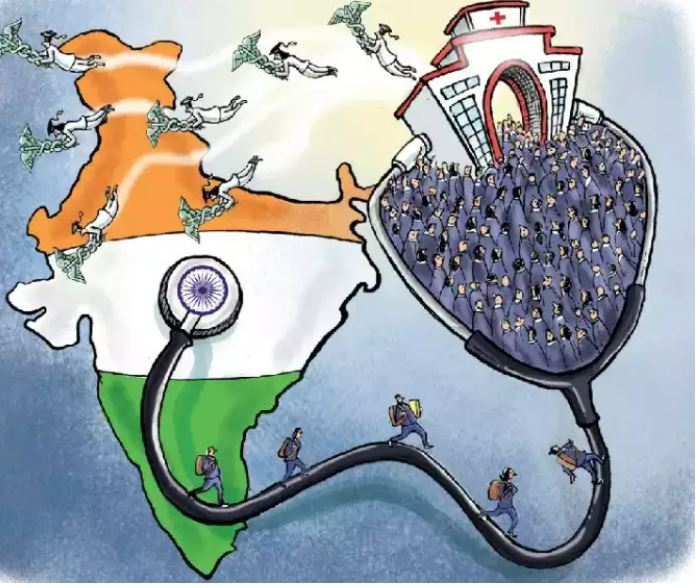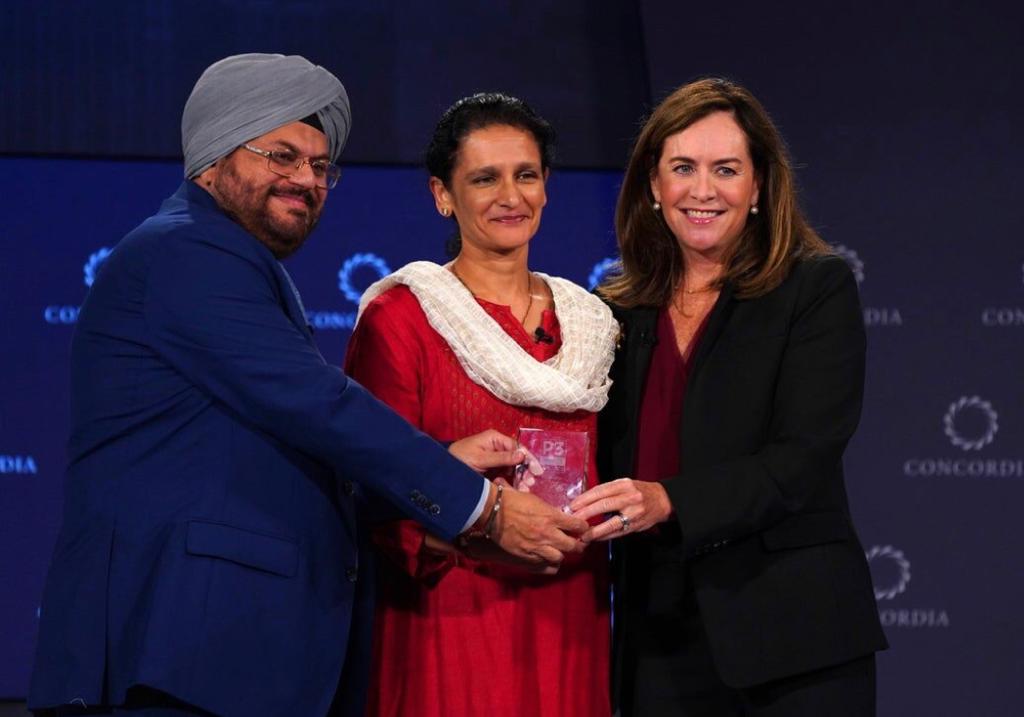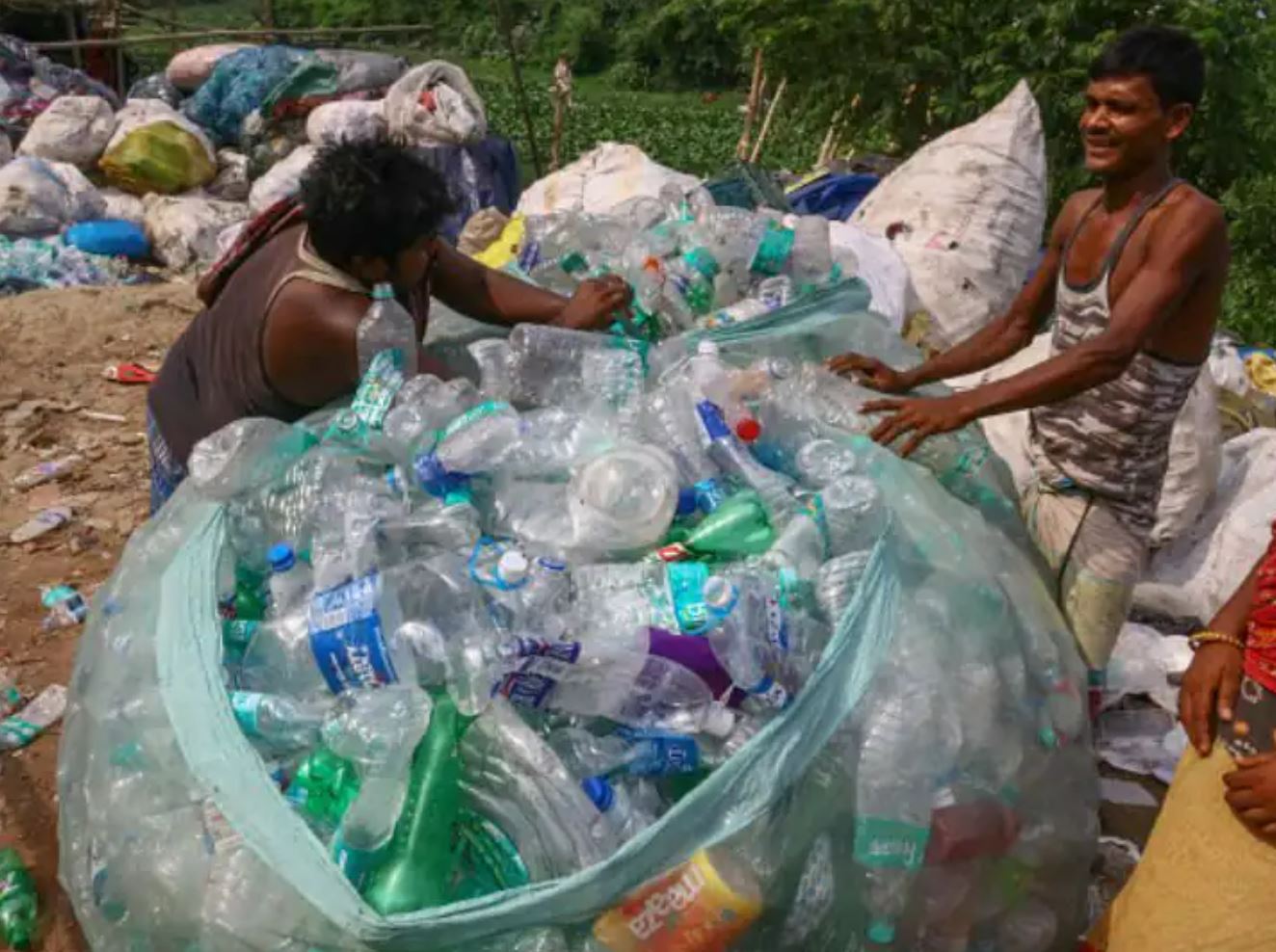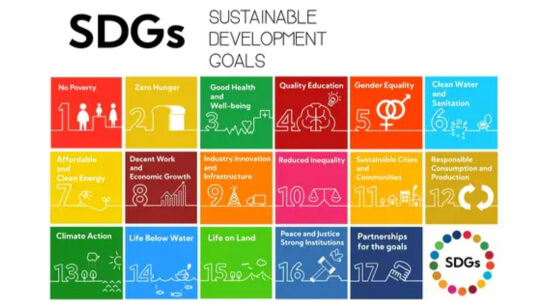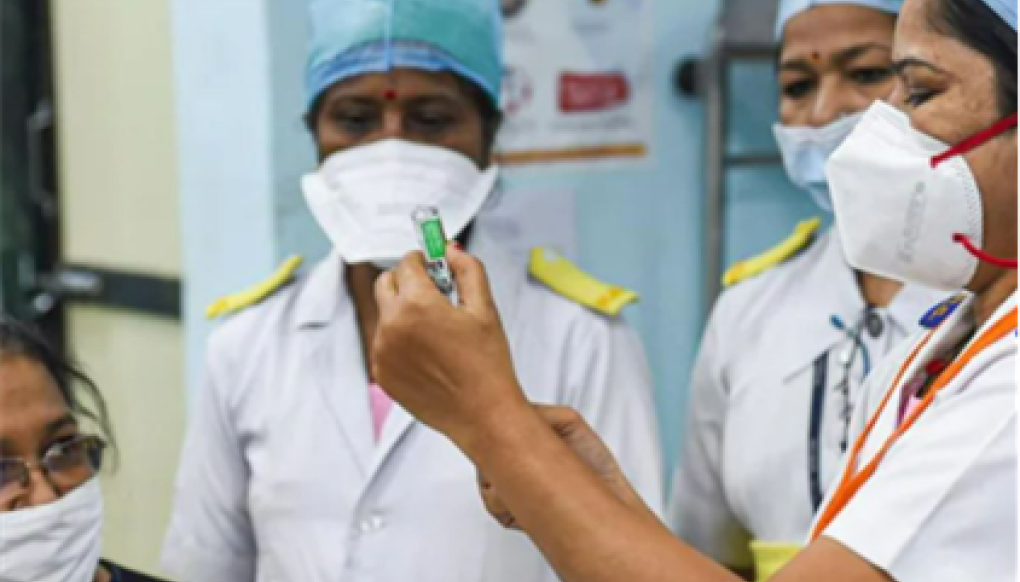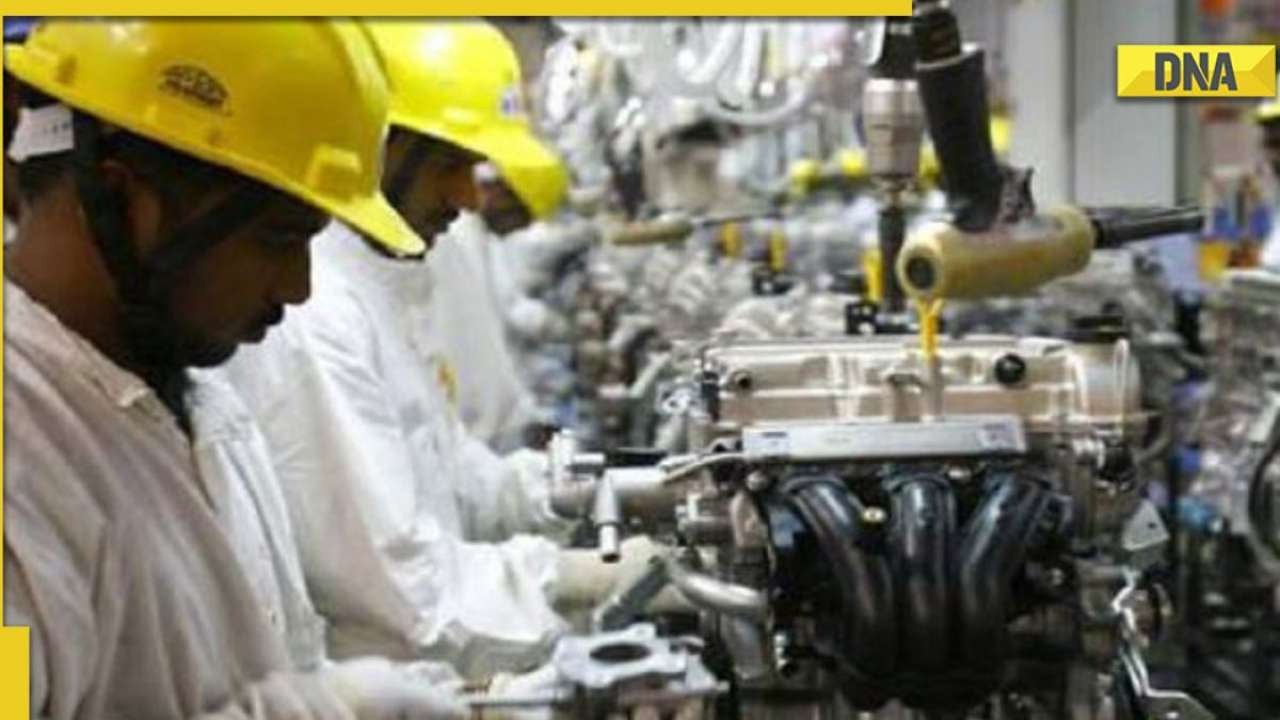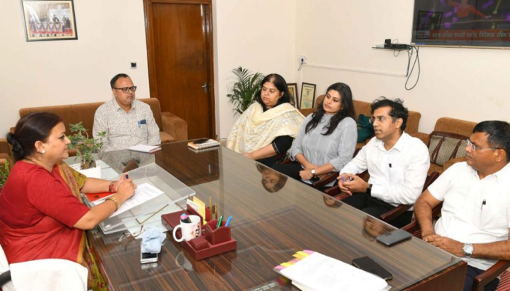Several media reports have highlighted unacceptable number of deaths amongst children diagnosed with Acute Encephalitis Syndrome (AES) in Muzaffarpur medical college, Bihar. Although in the absence of detailed epidemiological investigationsand laboratory workup, it is difficult to pinpoint causation, care pathway and ascertain reasons, fact remains that access to quality health services was problematic. Majority of facilities i.e. PHCs /CHCs in the affected districts were not bypassed by parents as either skilled doctors/nurses were not available, essential supplies missing or very little confidence in quality of care offered. This resulted congestion in tertiary level institution, not equipped to deal with such large number of medical emergencies in Pediatric ICU or children wards. Prime Minister’s recent statement In Rajya Sabha, clearly labels this is a monumental failure of health systems over the decades.
In the above scenario, it would be pertinent to understand most recent state ranking on health report released by Niti Ayog. Though not explicitly mentioned, states with high ratio of expenditures on medical and public health as a ratio to overall aggregate expenditures over the years have performed well. During 2018-19, Bihar with only 4.3 percent of spending on public health is at the bottom. Similarly states with higher per capita health expenditure have done much better. Here again, Bihar with Rs 550 in the year 2014-15 was the lowest. High ranking states have consistently raised budgetary allocations on health and ensured more health for money spent.
Low spend manifests in from breakdown of public health care infrastructure especially such as Primary and Community health Centres which are often first port of call for villagers, especially the poor and marginalized. Huge staff vacancies persist; for eg. in Bihar, nearly 60 percent ANMs posts, staff nurses and specialists in district hospitals are vacant. First Referral units, important institutions for managing emergencies during delivery and sick children are only 15.4 percent of required number as compared to better performing states such as Kerala and many others, where more than required number facilities are functional. Though resources are finite, states should consciously try to incrementally increase budgetary allocations on health prioritizing underserved areas especially identified aspirational districts.
In recent discourses on public health, issues around health governance has invited lot of attention. Despite policy recommendations in past states have ignored in investing in having a vibrant public health cadre, managing block, district, regional and state level health institutions. Most state institutes of Health and Family Welfare, State Health Resource Centers set up under NHM are only sub optimally functional. Unfortunately, medical colleges (both public and private) are not engaged in meaningful manner in addressing specific regional public health challenges. Short tenure of key officials in district health office or in state health directorates is a major impediment. At the same time some the incumbents promoted to these posts, come from clinical disciplines with roaring private practice and find it difficult to mould themselves in a new role.
The Niti Aayog report refers to average duration of tenure for key health officials at state and district levels. In Bihar this was 19 months for state level and 13.3 months in districts.By the time incoming person tends to understand challenges and opportunities, it is time to move on for new assignment which may be a core clinical post.If only states can have a roadmap for developing health leadership at different tiers and get them specially trained in essentials of public health management, this would be much more sustainable, predictable rather than depending on several development partners funded army of consultants, who are completely outside to the system and with little or no stake. Such outsourcing of key public health management functions should stop.
We strongly urge states to fast track actions for setting up proposed health and wellness centers at sub district facilities. So far progress is far from satisfactory. These centres are going to be the hub of preventive, promotive, primary medical care activities in the villages including prevention and management of non-communicable diseases, adolescent health, screening, health promotion and social mobilization. In the event of outbreaks/epidemics, being closer to community, these are better equipped to respond through active search for suspect cases, organize diagnostic camps and community action including behavior change communication. Recent controversy regarding recruitment process of some 2500 Community Health Officers, who were supposed to staff these centres in state of Rajasthan with allegations of graft, resulted in stalling the process for indefinite timeWe plead states should engage with medical colleges (both government and private) and assign at least 15- 20 such centres to each for making them operational and responsible for routine functioning.These could also become practical learning sites for medical students to get firsthand exposure with rural health challenges. Medical colleges could be also involved in undertaking relevant operational research to guide public health actions as per local needs.
Most states have presence of large number of development partners; multi and bi lateral agencies, foundations, international NGOs, who often tend to work in silos. This often results in duplication of resources, fragmentation and unnecessary confusion at lower formations of health systems with each partner coming with own personal agenda/mandate. To streamline the process and make it more development assistance more productive, States can explicitly mention their technical assistance needs and set up modalities of engagement with partners with clear work plans with resource commitment, deliverables and accountability.
As we aim for India @ 75 in 2022, let us all envision a vibrant and responsive public health systems in states so that this collective failure of past can be consigned to the dustbins of history and we do not see a repeat of Muzaffarpur.




